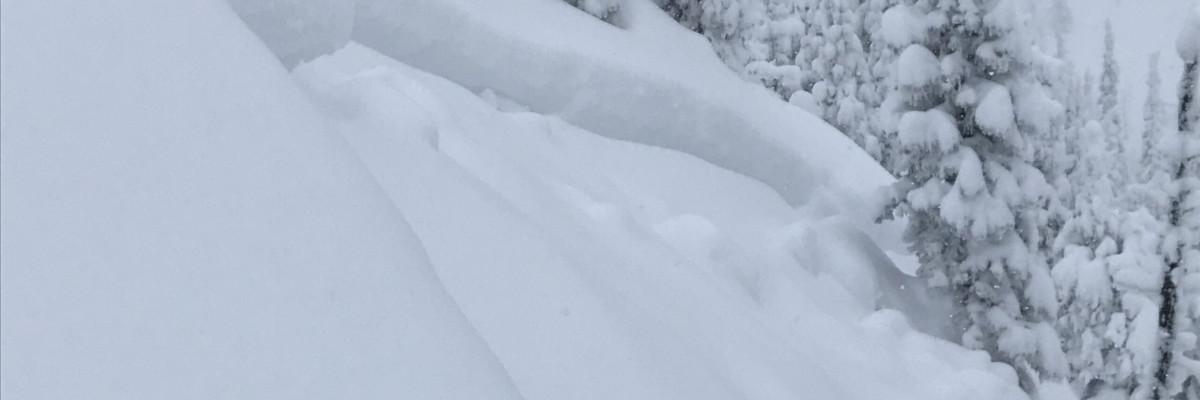An avalanche warning is in effect for the West central Montana backcountry. The current avalanche danger is HIGH. Very dangerous avalanche conditions are present. Travel in avalanche terrain is not recommended today. Avoid runout zones. Human triggered avalanches are very likely, and natural avalanches are likely.
This is Travis Craft with an avalanche warning for Saturday, December 30th, 2017. This avalanche warning will expire at 6:00 am December 31, 2017. The warning will either be extended or terminated at that time.
This danger rating does not apply to operating ski areas and is the sole responsibility of the U.S. Forest Service.
Weather and Snowpack
Mountain temperatures range from 27 F to 35 F in the region. In the Bitterroot winds are calm. In the northern part of the advisory area, at Point Six, winds are reading 36 mph with gusts of 55 mph out of the W. The forecast area received 10 to 14 inches of new snow in the last 24 hours. The SWE totals range from 1 to 2.4 inches.
We are adding a significant new load to an already poor snowpack structure. We have reports of natural activity and triggered avalanches in the advisory area. Travel in avalanche terrain is not recommended today.
Josh and I went to the Rattlesnake yesterday and saw natural activity and had poor pit tests. The addition of strong winds today and more snow will keep the avalanche danger High today. We are in a natural avalanche cycle.
The primary concern is storm slabs. Heavy new snow is sitting on weak lighter snow. These slabs will grow in size today. These slabs are large and will be sensitive to triggers. There is potential for these slides to fail and step down to our deeper weak layers in the snowpack.
The second avalanche problem is wind slabs. These slabs will be large and very sensitive to triggers. There is potential for these slides to fail and step down to our deeper weak layers in the snowpack.
The final avalanche problem is persistent slabs. We have a report of this layer being triggered in our advisory area. These slabs are very large and are possible to trigger.
Travel in avalanche terrain is not recommended today. Avoid runout zones.
Avalanche and Weather Outlook
The advisory area is in a natural avalanche cycle. We will continue to see strong winds and more loading today. The avalanche danger will be High. Avoid runout zones. Travel in avalanche terrain is not recommended today.
I will issue an update tomorrow.
Ski and ride safe.
























